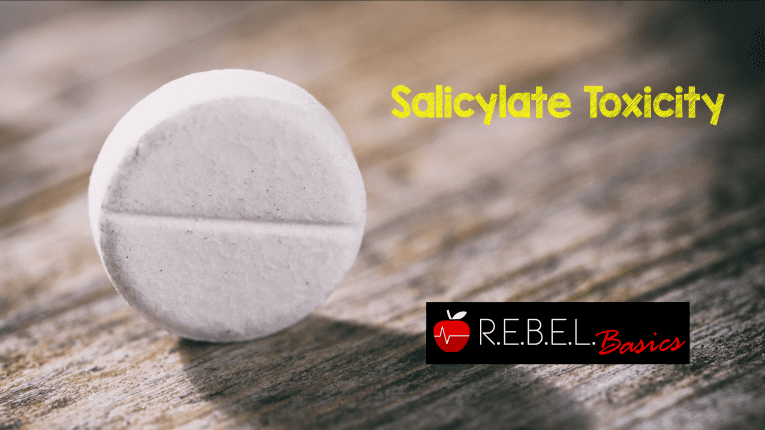

Metals (notably including salts of iron and lithium), hydrocarbons and caustics are common exposures not suited to SDAC on this basis. Importantly, some compounds do not bind to SDAC, even under ideal conditions.

In vitro and animal studiesĭozens of in vitro simulations and animal studies convincingly show that SDAC binds to a wide range of drugs to varying degrees 1, 12. Several lines of research demonstrate that SDAC effectively binds to a diverse range of toxins. The balance of the present review focuses on the use of SDAC following acute overdose. As such, the goal of MDAC is enhanced toxin elimination rather than reduced absorption per se. It bears mention that decontamination with SDAC is conceptually different from the use of multiple-dose activated charcoal (MDAC), a less commonly deployed intervention involving the administration of multiple (typically, two to six) smaller doses of AC, with the goal of enhancing the total body clearance of a limited number of compounds such as dapsone 6, carbamazepine 7, 8, phenobarbital 9, 10 and methylxanthines 11. The declining use of SDAC reflects an appreciation of its limitations and potential risks, along with waning enthusiasm for GI decontamination more generally. For example, in 1999, poison centres in the United States recommended SDAC more than 136 000 times, compared to only about 50 000 times in 2013. Unlike gastric lavage and ipecac, SDAC remains a common element of therapy for acutely poisoned patients, although its use has decreased substantially in recent years. In the 1970s and 1980s, SDAC was a common element of gastrointestinal (GI) decontamination after acute poisoning, as were gastric emptying manoeuvres such as lavage and ipecac-induced emesis. Dramatic anecdotes aside, SDAC was infrequently used in the management of acute poisoning until 1963, when a review article in the Journal of Pediatrics concluded that: ‘This agent, presently somewhat neglected, has a wide spectrum of activity and when properly used is probably the most valuable single agent we possess’ 5. In 1852, Touéry showed no ill effects after consuming a large dose of strychnine with charcoal before sceptical colleagues of the French Academy of Medicine 4. The first reported use of charcoal as an antidote occurred in 1811, when the French chemist Michel Bertrand reportedly ingested charcoal with 5 g of arsenic trioxide 1, 3. (For perspective, the area of a large football pitch is about 10 000 m 2.) This allows the adsorption of drugs and toxins through weak intermolecular forces, with non-ionized, organic compounds binding more avidly than dissociated, inorganic ones 1. Indeed, some ‘superactivated’ charcoal preparations have a surface area of up to 3500 m 2 g –1, or about 175 000 m 2 per 50 g bottle 1. Thereafter, ‘activation’ with gases at high temperature removes previously adsorbed substances and further reduces particle size, resulting in an exceptionally porous final product 2. The present narrative review summarizes the data supporting the benefits and harms of SDAC, and offers pragmatic suggestions for clinical practice.Ĭharcoal for medicinal use is created by the controlled pyrolytic decomposition of carbon-based compounds, such as coconut shells or peat 1.


This is often a difficult determination not well suited to an algorithmic approach. The challenge for clinicians rests in differentiating those patients most likely to benefit from SDAC from those in whom meaningful improvement is doubtful. Over the past decade, a growing body of observational data have demonstrated that SDAC can elicit substantial reductions in drug absorption in acutely poisoned patients. Few rigorous clinical trials of SDAC have been conducted, and none validate or refute its utility in those patients who are intuitively most likely to benefit. A large body of evidence demonstrates that SDAC can reduce the absorption of drugs and xenobiotics but most such studies involve volunteers and have little generalizability to clinical practice.
#Aspirin overdose antidote free#
Like other decontamination procedures, the utility of SDAC attenuates with time, and, although generally safe, it is not free of risk. Typically administered as a single dose (SDAC), its tremendous surface area permits the binding of many drugs and toxins in the gastrointestinal lumen, reducing their systemic absorption. Sometimes mistakenly characterized as a ‘universal antidote,’ activated charcoal (AC) is the most frequently employed method of gastrointestinal decontamination in the developed world.


 0 kommentar(er)
0 kommentar(er)
